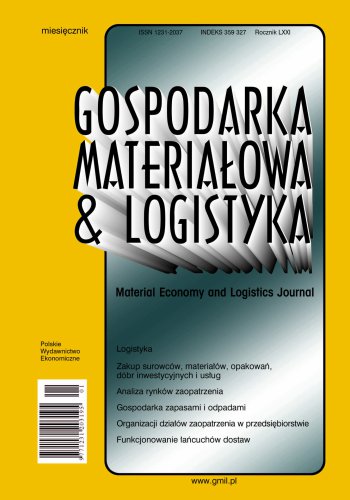Material Economy and Logistics 03/2023
ISSN: 1231-2037
Pages: 80
Publication date: 2023
Place publication: Warszawa
Binding: paperback
Format: A4
Publication date: 2023
Place publication: Warszawa
Binding: paperback
Format: A4
DOI: 10.33226/1231-2037.2023.3.1
JEL: R4, Q56
DOI: 10.33226/1231-2037.2023.3.2
JEL: C61, L90, M14
DOI: 10.33226/1231-2037.2023.3.3
JEL: L74, Q01, Q34, Q53
DOI: 10.33226/1231-2037.2023.3.4
JEL: L32
DOI: 10.33226/1231-2037.2023.3.5
Mgr Alejandro Guzman Rivera, Dr hab. Sebastian Jarzębowski, Mgr Katia Romero León, Prof. dr Michael Bourlakis
JEL: Q01, Q53, O54
DOI: 10.33226/1231-2037.2023.3.6
JEL: J6, R11, R41
DOI: 10.33226/1231-2037.2023.3.7
JEL: L91, L92, L98
| Odbiór osobisty | 0 € |
| Kurier Inpost | 4 € |
| Kurier FedEX | 4 € |
| Inpost Paczkomaty | 4 € |
| Free delivery in Reader's Club | from 47 € |

